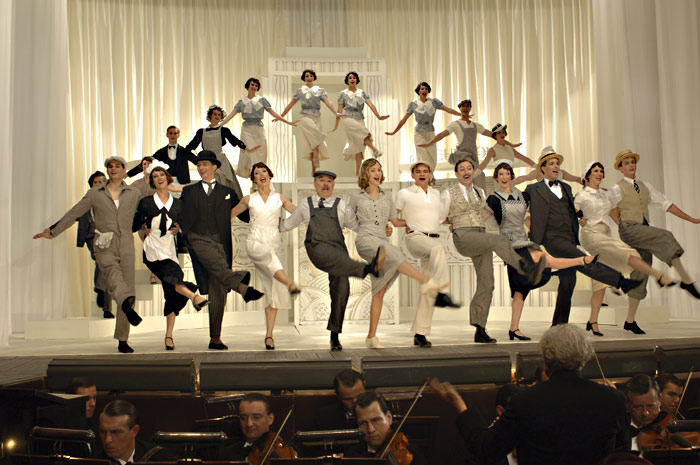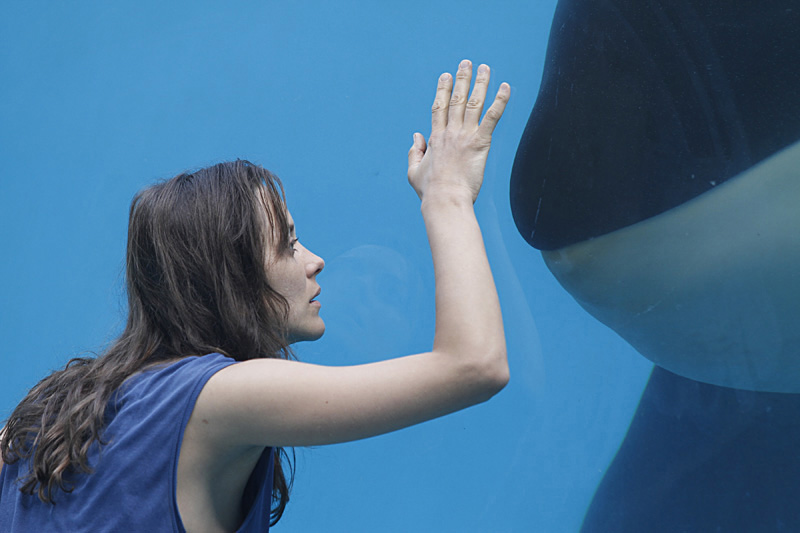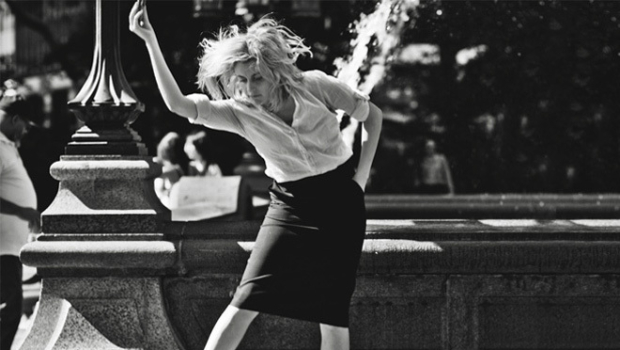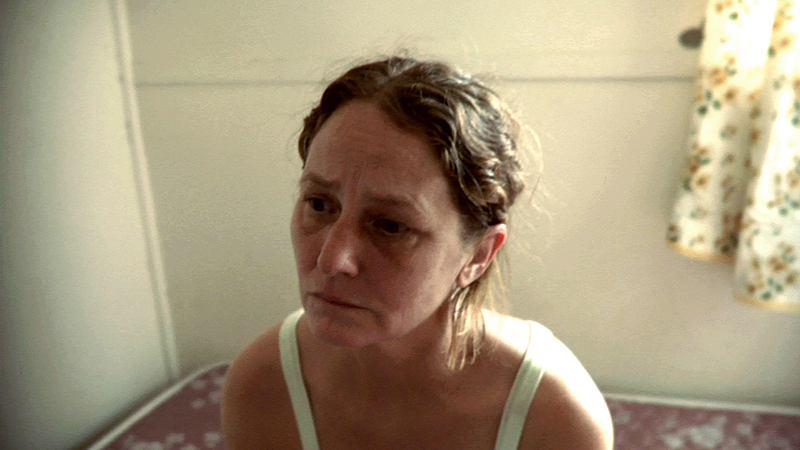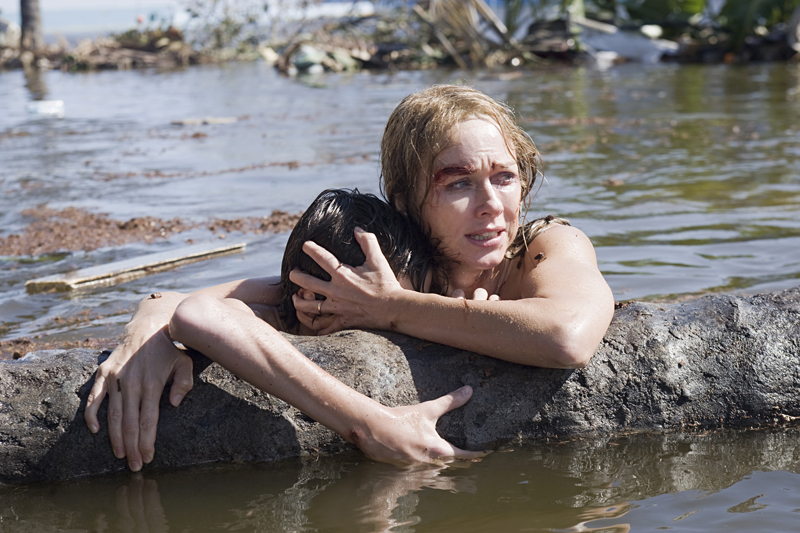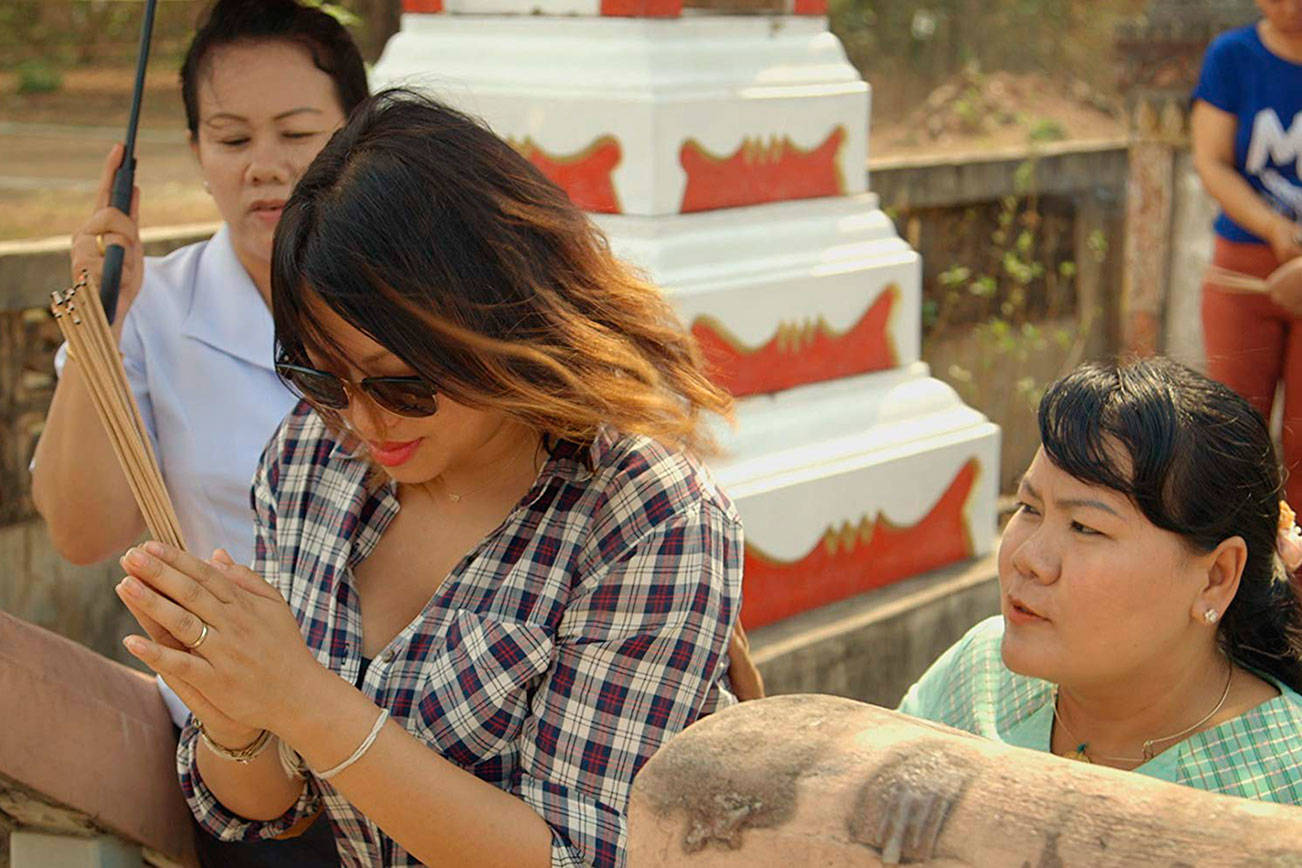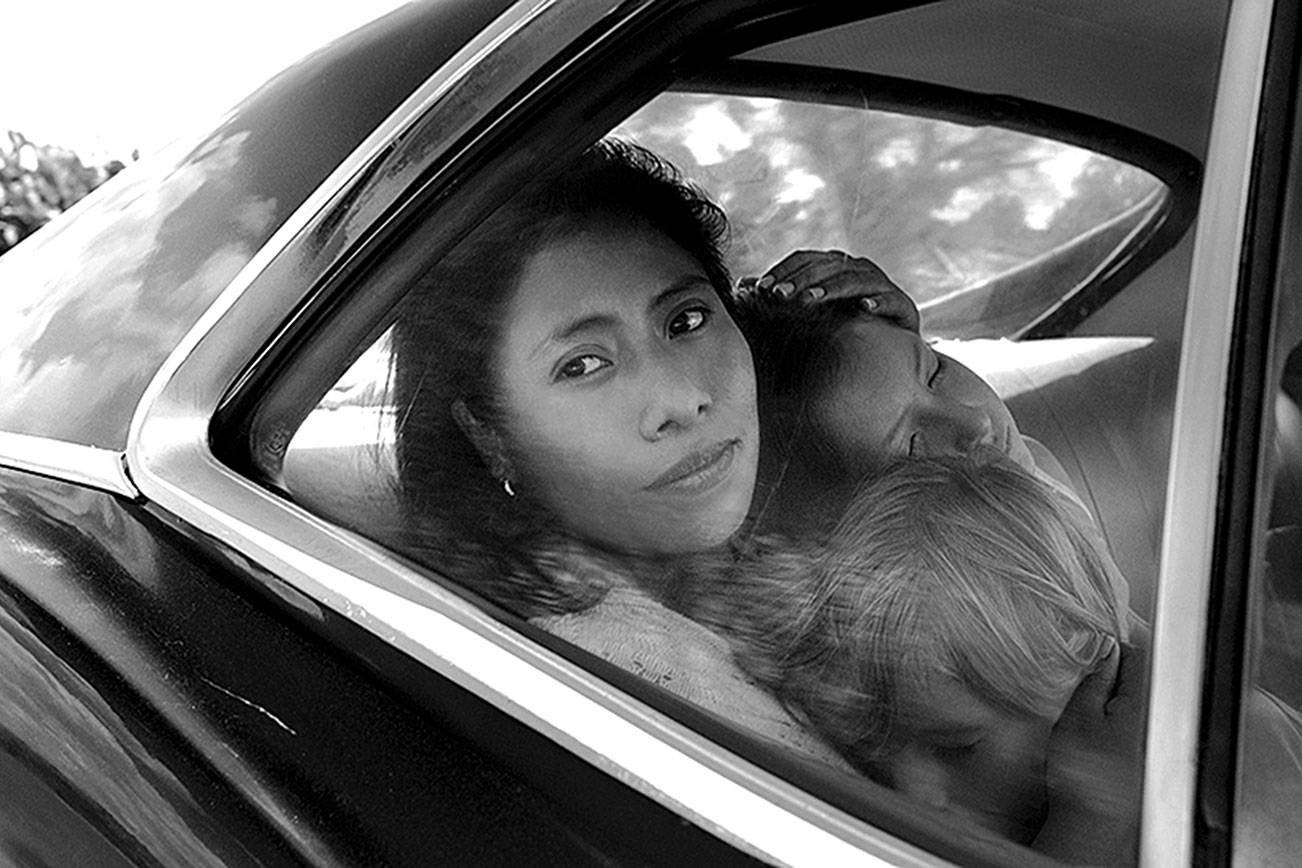Assault by relentless accordion-playing, Paris 36 proves that sometimes imitation is the highest form of flatulence. Christophe Barratier follows up his equally pandering The Chorus (2004) with an aggressively nostalgic, tinny homage to French musicals of the 1930s and ’40s. To distract viewers from the film’s shallowness and the fact that his honey-haired ingénue (Nora Arnezeder) has no charisma, Barratier, who also wrote the screenplay, frantically shifts from one subplot to the next: A tatty music hall operated by mugging Parisian proles closes and reopens twice; Popular Front–era strike organizers contend with anti-Semitic thugs and the rise of fascism; a moppet is taken from his father; the comely chanteuse must whore herself to the gangster kingpin; and the show must go on—but when it does, you want the curtain to come down immediately. Though Paris 36 looks pretty (it was lensed by frequent Eastwood cinematographer Tom Stern), Barratier’s version of “Frenchness” is a non-site-specific Euro playground; 90 percent of the film was shot in the Czech Republic. Like Amélie‘s scrubbed-up City of Lights, Paris 36 is an antiseptic arthouse trifle, so eager to soothe that it only numbs.
Paris 36: For Francophone Accordion Lovers Only
